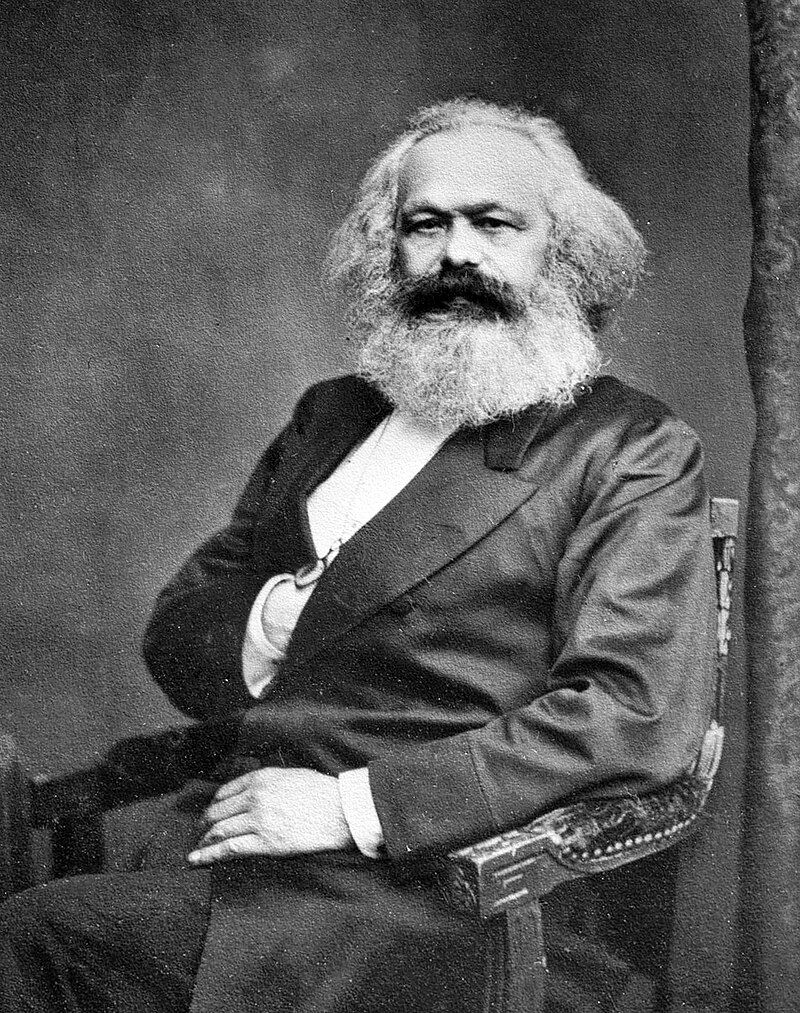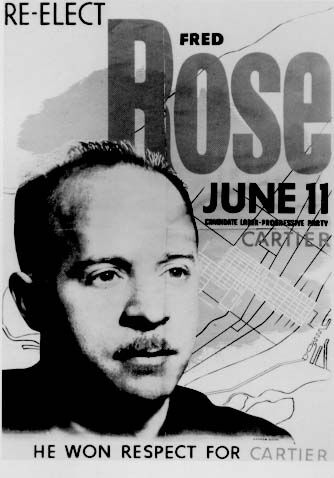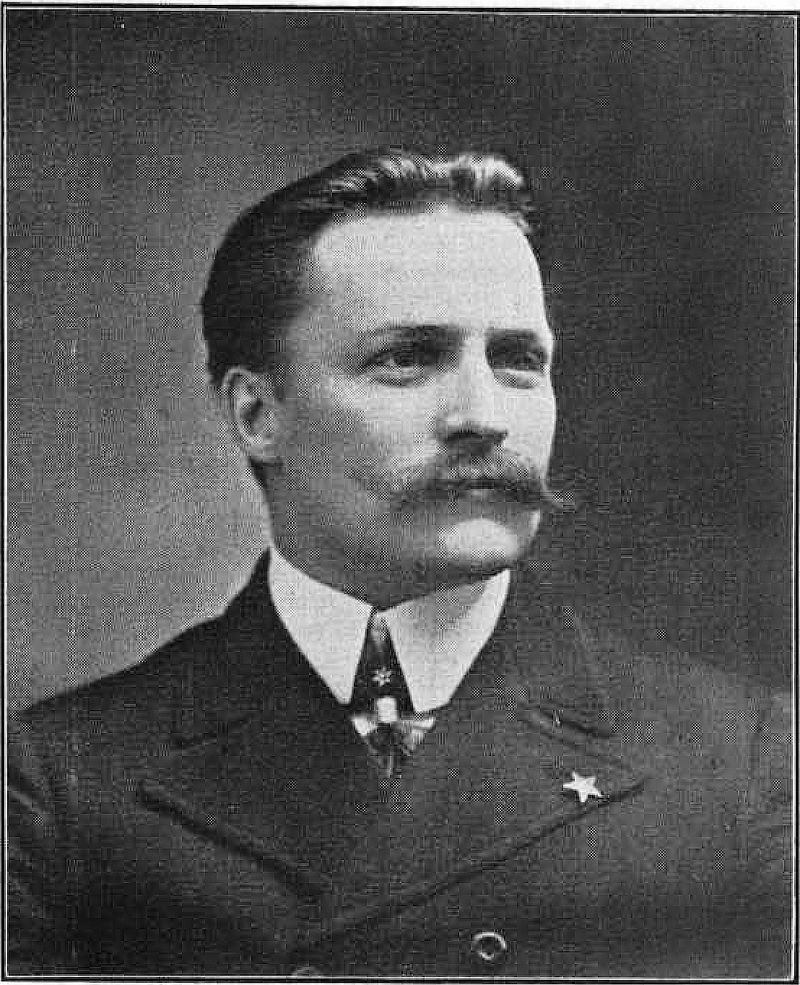Socialism is a left-wing social and political doctrine that emerged in the early 19th century. This ideology denounces the social inequality caused by capitalism and calls for wealth to be redistributed to achieve social equality.
Communism is profoundly inspired by socialism, but is more radical. This school of thought emerged in the mid-19th century. It is a social, political and economic doctrine based on collective ownership of means of production, as opposed to private property and venture. Communism aims for an egalitarian society in which social classes do not exist.
For socialists, means of production such as factories and machines should belong to the community as opposed to a few rich people. This way, everyone benefits, putting general interest above individual interest.
On the other hand, the goal of communism is to overthrow the capitalist system to eliminate social classes, i.e. the poor (working class and peasants) and the rich (business owners). After Tsar Nicholas II was overthrown in 1917, Russia was the first country to adopt a communist regime until 1991 when the Union of Soviet Socialist Republics (USSR) fell.

Karl Marx, founder of the communist movement and co-author of the Communist Manifesto (1848)
Socialist and communist ideologies emerged and gained momentum with industrialization. As large numbers of peasants moved into the cities to work in factories, the number of workers greatly increased. However, they worked in very poor conditions. The clear economic and social inequality between workers and business owners was the main reason communists demanded an egalitarian society.
During the first half of the 20th century, many people in Canada embraced these ideas. The Cooperative Commonwealth Federation, a socialist political party, was formed in Western Canada in 1932. This party wanted to give the government more control over public utility companies. It won the support of the workers and farmers of Western Canada.

Election poster for Fred Rose, candidate for the ouvrier-progressiste in Cartier ahead of the federal election of June 11, 1945
Some socialist organizations existed in Quebec at the time, such as the Labour Defence League. In 1925, socialist activist Albert Saint-Martin founded the Université Ouvrière in Montreal. In the 1930s, Léa Roback, a feminist and communist, opened a Marxist bookstore in Montreal. Social activist Fred Rose was elected in the 1943 federal election in the riding of Cartier. He became the first and only representative of the communist party Parti ouvrier-progressiste.

Portrait of Quebec Socialist Albert Saint-Martin, circa 1905